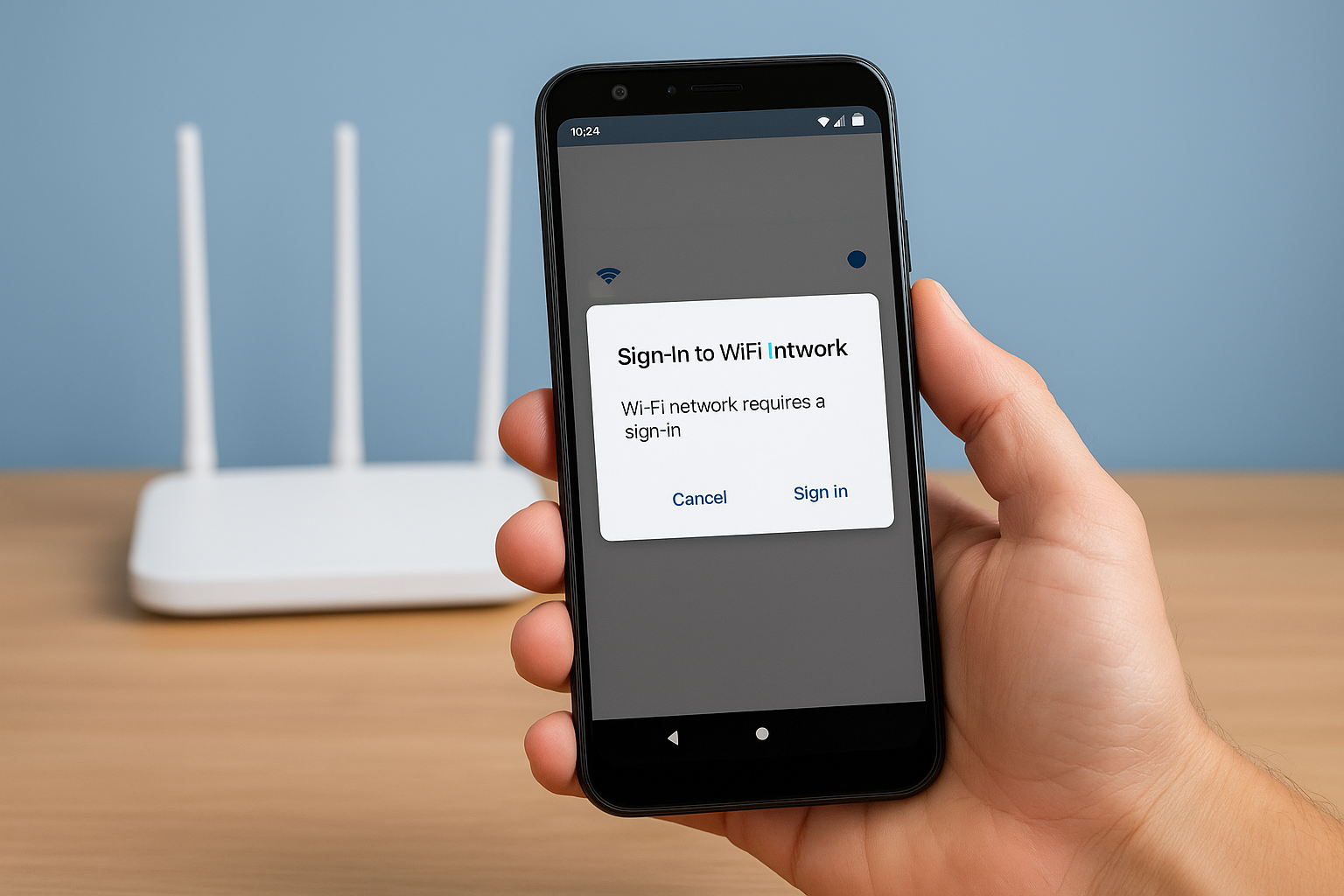HOME SECURITY
Why Does My Phone Keep Saying “Sign-In to WiFi Network”? (And How to Fix It)
If you’ve ever connected to a WiFi network on your Android phone only to get...
Learn More

![]() October 16, 2025
October 16, 2025
Starting or scaling a dealership feels a bit like steering a ship in crowded waters, the waves are market trends, regulations, and speedy tech. Without a clear map, you’ll spend more time reacting than growing. This guide gives you a practical roadmap successful dealers actually do to survive and thrive.
Before you obsess over inventory, answer: are you building a local storefront, a service-heavy shop, or a multi-location franchise? Goals shape everything: hiring, marketing, and the systems you invest in.
Talk to customers. Ask what frustrates them about buying devices or service plans. These candid conversations reveal product gaps and service opportunities that spreadsheets miss.
Telecom and electronics have specific rules — from resale agreements to local business licenses. Get these sorted early; compliance headaches slow growth and sink trust.
Standardize your contracts. Make return and warranty policies crystal clear. A predictable policy reduces disputes and boosts repeat business.
A repeatable onboarding system turns new hires into competent contributors faster and makes new locations consistent. Use a documented checklist for every new hire, partner, or location — it’s the backbone of scale.
Core steps in a dealer onboarding checklist include account setup, product training, systems login, demo configuration, and local marketing launch. For a ready-to-use framework, follow this detailed dealer onboarding checklist you can’t ignore.
Authorized status unlocks perks: better margins, co-op marketing, priority stock, and official training. But it also brings obligations — branding rules, sales quotas, and performance metrics. If you’re considering the path, evaluate benefits versus operational constraints carefully. Learn more about becoming an authorized dealer to make an informed choice.
Don’t chase every shiny new model. Track sell-through rates and focus on SKUs that move and support margins. Buffer slow-moving items but prioritize fast sellers and spares.
A frictionless repair and return experience is a secret loyalty driver. Establish clear processes, partner with vetted repair centers, and track turn-around time.
Map the customer journey from ad click to onboarding. Automate follow-ups, use CRM pipelines, and measure where prospects drop off — then fix it.
Use tiered bundles (device + plan + service) to increase average order values. Time-limited promotions and trade-in credits move inventory and encourage upgrades.
Your tech staff must troubleshoot quickly; salespeople must translate features into benefits. Invest in both. Regular role-play helps sales staff close complex deals confidently.
Design commission and retention plans aligned to long-term value (not just one-off sales). Employees who see a future stay longer and sell better.
Most local buyers search “phone store near me” or “best internet deals in [city]”. Optimize your Google Business Profile, collect reviews, and create localized landing pages.
Sponsor a local event, partner with small businesses, or host a “tech clinic” evening. These low-cost moves build trust and foot traffic.
Define response times for calls and repairs. Create a premium support tier for businesses who need prioritized service — it’s a reliable revenue stream.
Use post-sale surveys. One small fix based on feedback can multiply referrals.
Scaling through authorized dealerships is a proven route to growth. It provides access to manufacturer programs, training, and co-marketing. Understand how strategic expansion can multiply your reach — the benefits of expanding business through authorized dealerships explain the upside clearly.
If you’re ready to scale fast, franchises can accelerate expansion. Evaluate the authorized dealer franchise opportunities in telecom wireless to see if franchising fits your capital, vision, and appetite for standardization.
As you grow, you’ll likely face competition from direct-to-consumer channels or carrier direct sales. Managing this requires clear territory rules, differentiated value propositions, and open communication channels with suppliers. Learn best practices for resolving tensions in channel conflict competition managing direct vs dealer sales.
Track metrics that matter:
These KPIs reveal where to invest and where to cut losses.
Avoiding these early saves costly fixes later.
Days 1–30: Legal setup, basic inventory, hire core team, launch local listing.
Days 31–60: Implement onboarding checklist, start targeted ads, set up demo experiences.
Days 61–90: Fine-tune inventory, introduce support SLAs, seek authorized partnerships.
This short sprint will move you from idea to operating momentum.
Becoming a successful dealer is a marathon of consistent systems, excellent customer care, and smart partnerships. Start with a clear onboarding process, choose authorized paths when they align with your goals, master inventory, and prioritize people. Follow the roadmap above and you’ll build not just a store, but a brand people trust.

Smart Ways to Finance Your Startup (Without Losing Control)
Nov 7, 2025

How to Find Profitable Small Business Opportunities (Without Guesswork)
Nov 6, 2025

Before You Borrow: How to Pick a Trusted Online Lender
Nov 4, 2025

Why Does My Phone Keep Saying “Sign-In to WiFi Network”? (And How to Fix It)
Nov 3, 2025

Smart Ways to Improve Your Credit Score Across Any Credit-Monitoring Platform
Oct 31, 2025